A biweekly newsletter with public space news, resources, and opportunities.
A curated dispatch on all things public markets plus the latest announcements from the Market Cities Program.
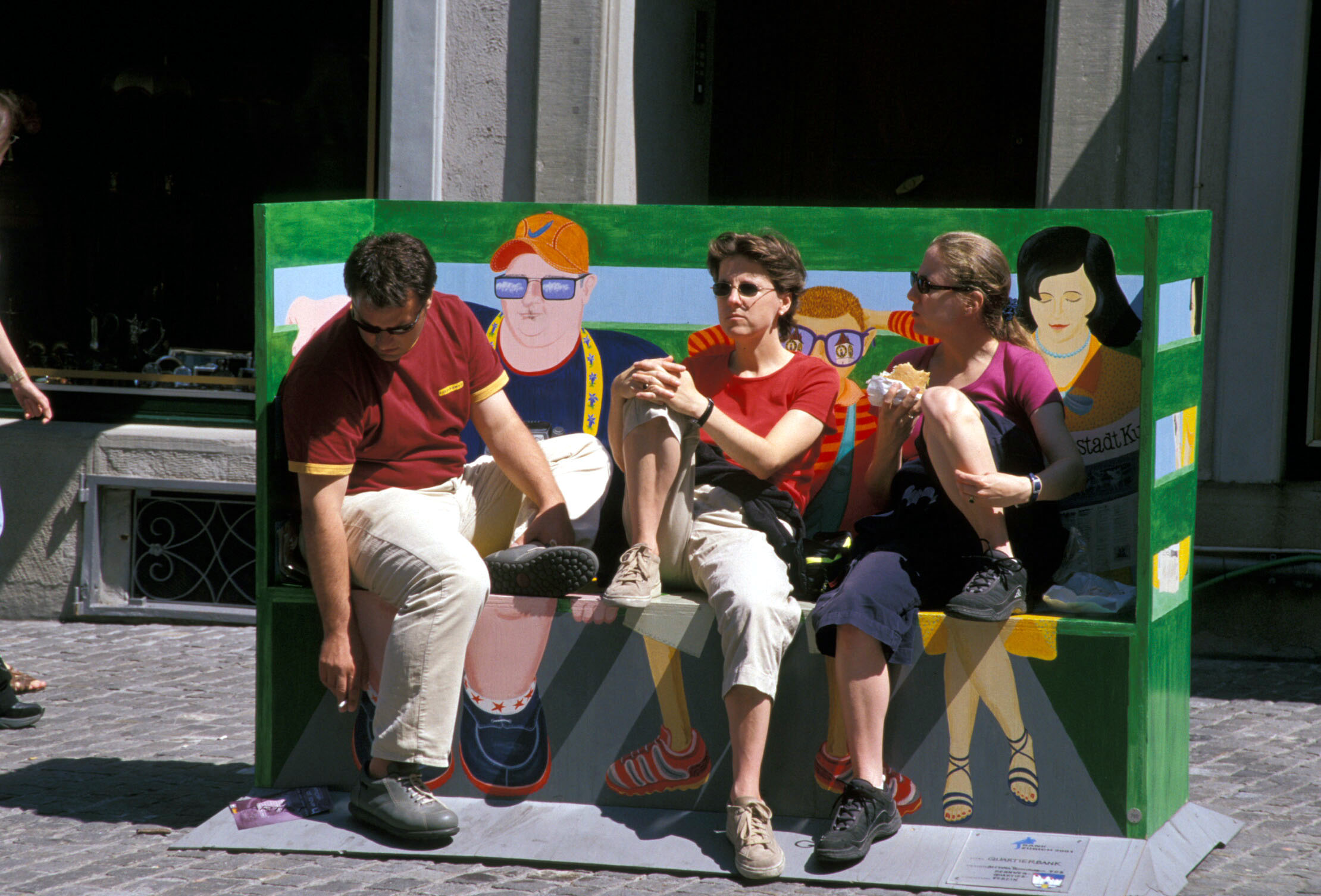
Like art itself, public art projects come in many forms. The resultant aim can be permanent or temporary art; it can be to create a site-specific piece or integrated work; it can be to use a sole author with a singular voice, or many collaborators that offer multiple viewpoints; or it can be art meant to be housed indoors, or a work intended to be left outside to weather the elements.
Furthermore, public art brings with it several specific issues that are best settled before a project's onset. Among these concerns is establishing a clearly defined and consensual criteria for reviewing proposals and selecting the project. There also are the matters of deciding where to site the finished artwork and outlining a maintenance and conservation plan.
Click on any below to go straight to that section.
There are a number of different types of art projects: site-specific, community-based, and temporary. Each has a slightly different commissioning process, detailed below.
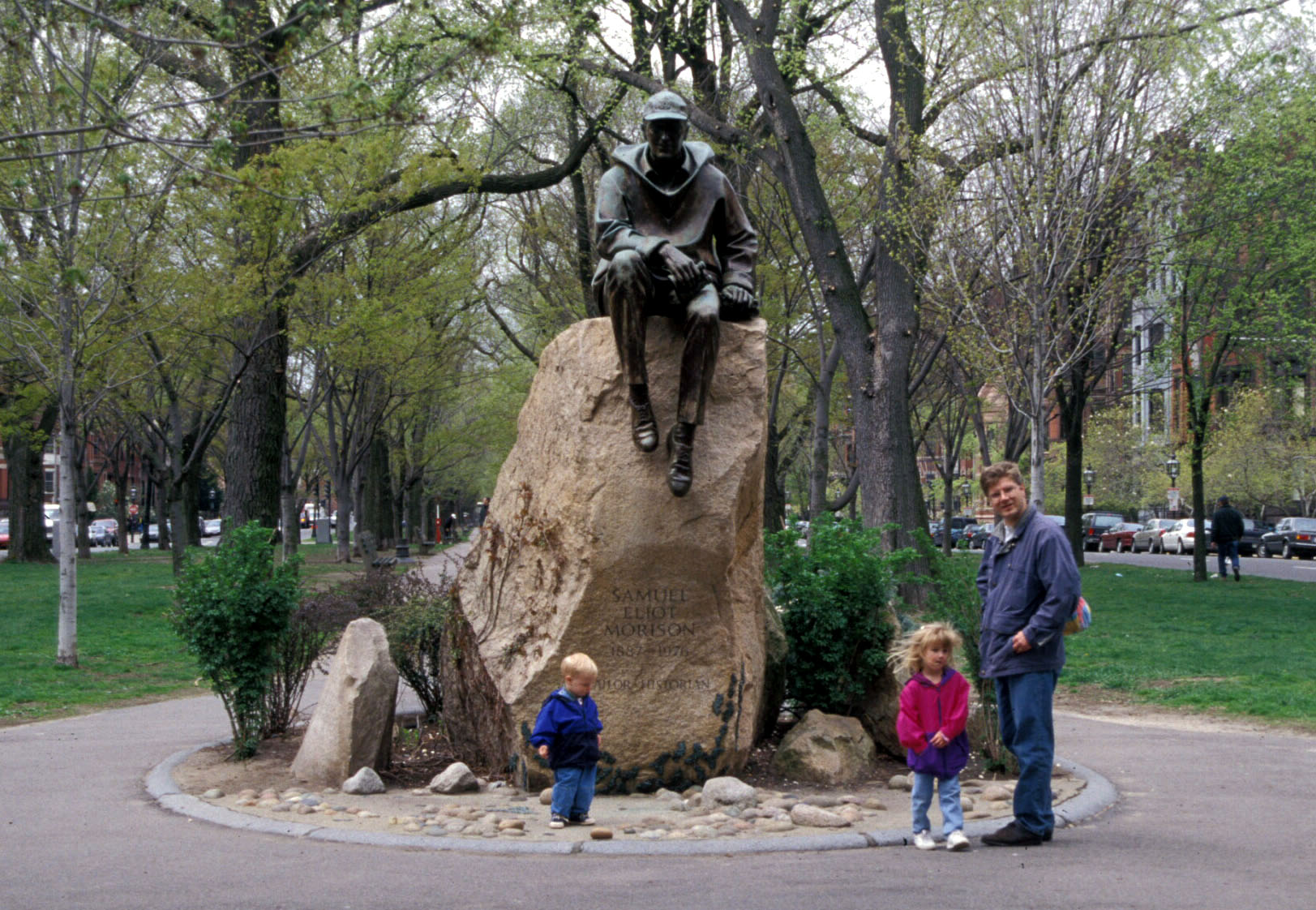
Once an artist has been selected and put under contract, the selection committee should meet with the artist to discuss ideas for the artwork. If a maquette or specific design proposal was part of the selection process, the selection committee should identify issues and concerns about the proposed piece that need to be addressed during the design process.
The artist should also begin any background planning work, community outreach, and/or site visits as outlined in their proposal or as necessary (as indicated by the selection committee or specified in the RFP). When an artist is part of a design team, it is recommended that the project architect participate in community outreach and public education programs and site visits, rather than just the artist alone.
Before the artist begins the actual design process, he or she should meet with the public art program staff to discuss the following:
The project selection committee should convene as necessary, but at least once at the project conceptualization stage and once at the end of the pre-final design phase, in order to review submitted designs, maquettes, and design proposals. These proposals should include fabrication, installation, and maintenance requirements, as well. If approved by the selection committee and public art program staff, the artist's designs would be forwarded to the Public Art Advisory Committee (PAAC) for review and approval. Art projects with budgets greater than $50,000 could be sent to the city council as well for approval (optional, based on city council requirements). After all requisite approvals (from the PAAC, public art program staff, selection committee) and the final installation and maintenance description as specified in the artists' contract are received, the art project would go into final design and fabrication.
After all site preparations are made and the artwork is installed, the selection committee would convene, with the project's structural engineer, to inspect the artwork and make sure that it was built and installed properly. It is also recommended that the evaluation and documentation of the artwork take place as soon after installation as possible. Once a post-installation site visit has been made and the work approved as installed, the maintenance program, developed by the artist in conjunction with the commissioning agency, should go into effect. This process is recommended not only for project specific artworks, but also for community-based and temporary art projects.
The same process for developing and reviewing public art projects is used even if, during the project conceptualization phase, the project selection committee decides that funds should be pooled and used to commission a community-based art project.
Participatory public art initiatives, such as community-based public art projects, provide communities with the means to positively impact their environment and develop a sense of pride and ownership over their parks, streets, and public institutions. Here, the artist serves as a collaborator, interpreter, visionary, teacher, mentor, and liaison between client and community.
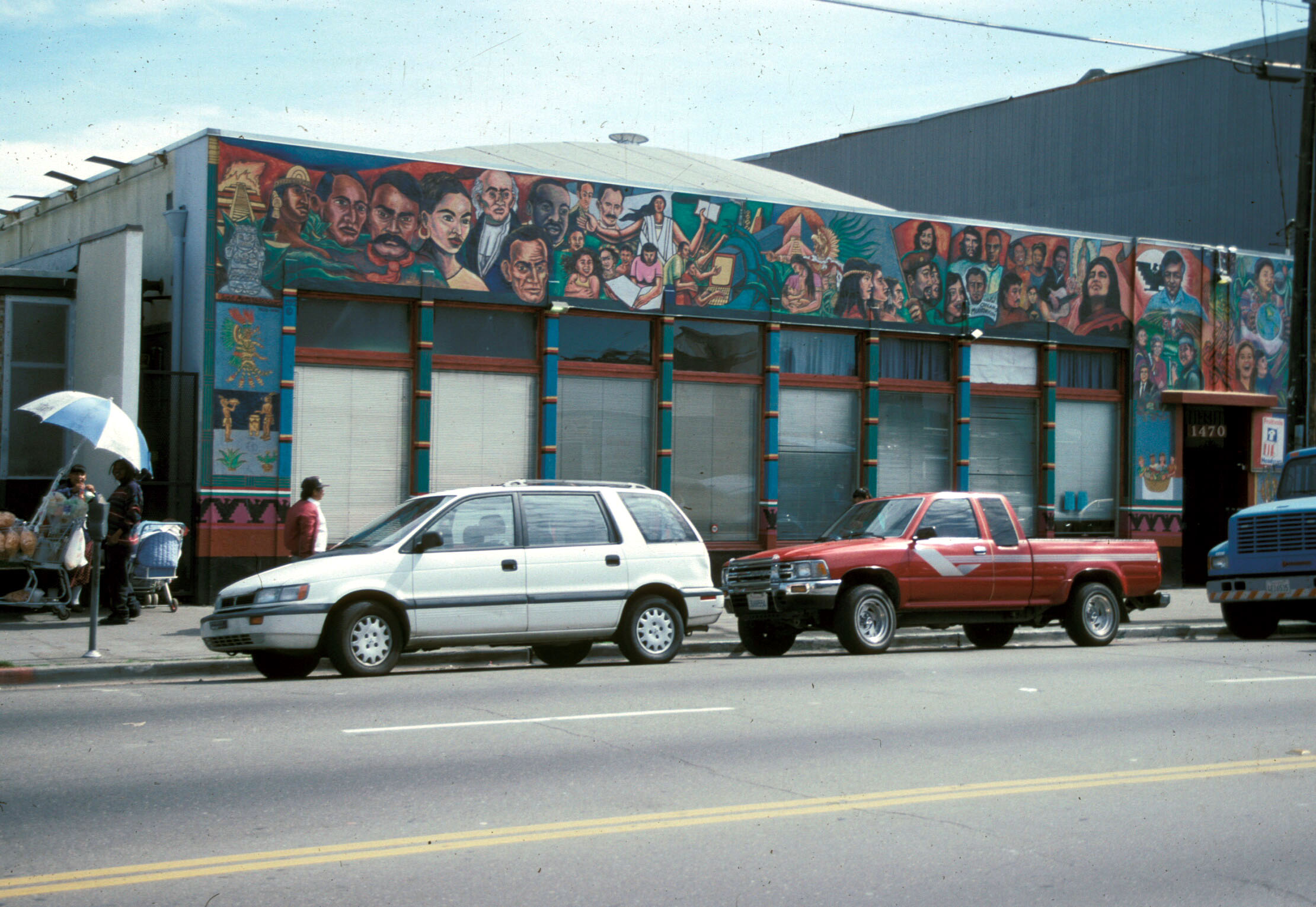
The goal of these community-centered processes is to facilitate the creation of public art works that are accessible to the public not simply by virtue of their placement in a public space, or because of content, but through engaging people in the community into the process of creating the art, as well as making their knowledge and experience part the art's design.
These kinds of projects are often funded by pooled monies, taken from small construction projects or where the project site is not accessible to the public. The process for project, artist, and site selection should be very flexible. The selection process can involve a number of choices for each of these three elements.
If artworks are to be installed on a temporary basis, the artist's designs would only require approval of the selection committee and project funder (a city agency, private property owner, or private donor). After design approval, the artwork would go immediately into the final design stage; no maintenance program would be required. However, the artist should include documents regarding how and when the work is to be removed after display, as well as plans for returning the site to its original condition (if necessary).
The selection committee will review submitted public art project proposals at the end of the design phase. If approved, the artist designs will be forwarded to the PAAC for review and approval, after which the art project will go into final design and fabrication.
The committees should adopt specific criteria for the review of the proposed permanent public art projects, the most important of which should relate to the project's technical feasibility - i.e., Can the work be built and installed as proposed? Other criteria that should be considered:
In order to ensure public art is fairly and equitably distributed throughout the city, and that it is sited in such a way as to enhance and activate public spaces, we have listed below criteria to guide the placement of art projects. Sites where public art is to be displayed should:
Furthermore, there are guidelines for artworks placed within project sites, to ensure that the works are displayed prominently and clearly identifiable as artwork.
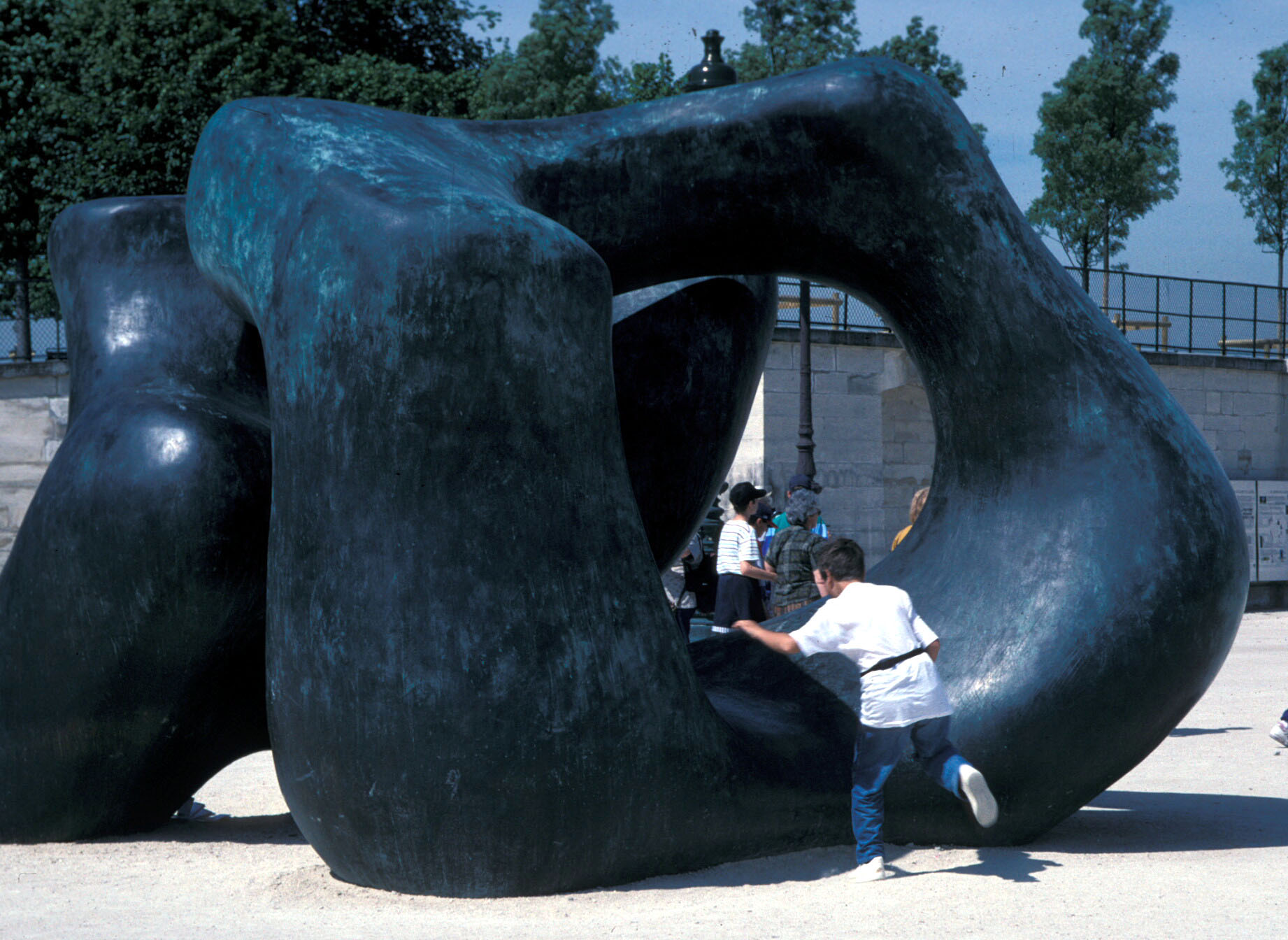
For example, artworks displayed in interior public spaces should be publicly accessible at least during normal building operating hours without obtaining special passes or permits to view them. Artworks displayed in exterior public spaces should be publicly accessible 24 hours per day or, if they are sited in a setting such as a park, be accessible during the normal hours of that site's operation.
Some other guidelines about public art site placement include:
On-site locations for public art projects include, but are not limited, to:
In addition, locations for public art projects could include, but are not limited, to:
While it is usual and customary for percent-for-art funded art projects to be located on property owned or leased by the city, exceptions can be made if an appropriate easement or long-term agreement with the property owner can be reached (usually for at least a seven-year minimum).
Public art policies spell out procedures, responsibilities, and methods of funding for the ongoing maintenance and conservation of public artworks so that the public art program itself does not become burdened with this cost and responsibility, unless it chooses to do so. These delineations also prevent - to as full an extent as possible - the possibility that a work of public art will fall into disrepair, become dirty, damaged, or even disappear. The conservation and maintenance of some works of art can be painstaking and require a large degree of care. Giving the artist and the commissioning agency or client an opportunity to work out the artwork's maintenance techniques and schedule helps to ensure that the piece will remain in good condition for many years to come.
It is important to note: Routine maintenance of an artwork becomes the responsibility of the agency that houses the artwork. As part of the contractual requirements, the artist should develop a maintenance program in cooperation with the commissioning agency, for the proper day-to-day care of the artwork.
The maintenance program should include a statement regarding the materials from which the piece is fabricated. The commissioning agency will be responsible for communicating this information to its custodial staff and providing any necessary additional tools or equipment to ensure proper daily maintenance of public artworks.
Installation of temporary art may be appropriate to prevent the need for de-accessioning. For example, when a public art program or a client agency/funder cannot afford to maintain a work in perpetuity, works of temporary art, lasting up to ten years, for example, could be commissioned. Temporary art also works well as a series placed throughout a downtown or park, or within a specific geographic area. To generate interest in public art, or where no firm public art tradition exists but there is a desire to create a public art tradition, temporary art can be useful. Because it is understood to be of limited duration, it can be more challenging and cutting-edge in terms of its message and medium. In addition, a client agency or funder could commission several pieces of temporary art over a period of time, rather than just one piece, which allows the city's public art collection to expand at a faster pace.
Temporary art programs also provide valuable opportunities for training emerging artists or those unfamiliar with the public-art commissioning process to undertake public art projects that have smaller, more manageable budgets, often less rigorous contracting procedures, more flexible deadlines, and offer artists more options in terms of appropriate materials. Temporary art projects often give communities a chance to become involved in public art-making, as they are often more suitable to artist/community collaborations than are larger permanent public art works. These programs also enable communities to become actively involved in identifying and encouraging their own emerging artists; these artists, in turn, can nurture the creativity of others.
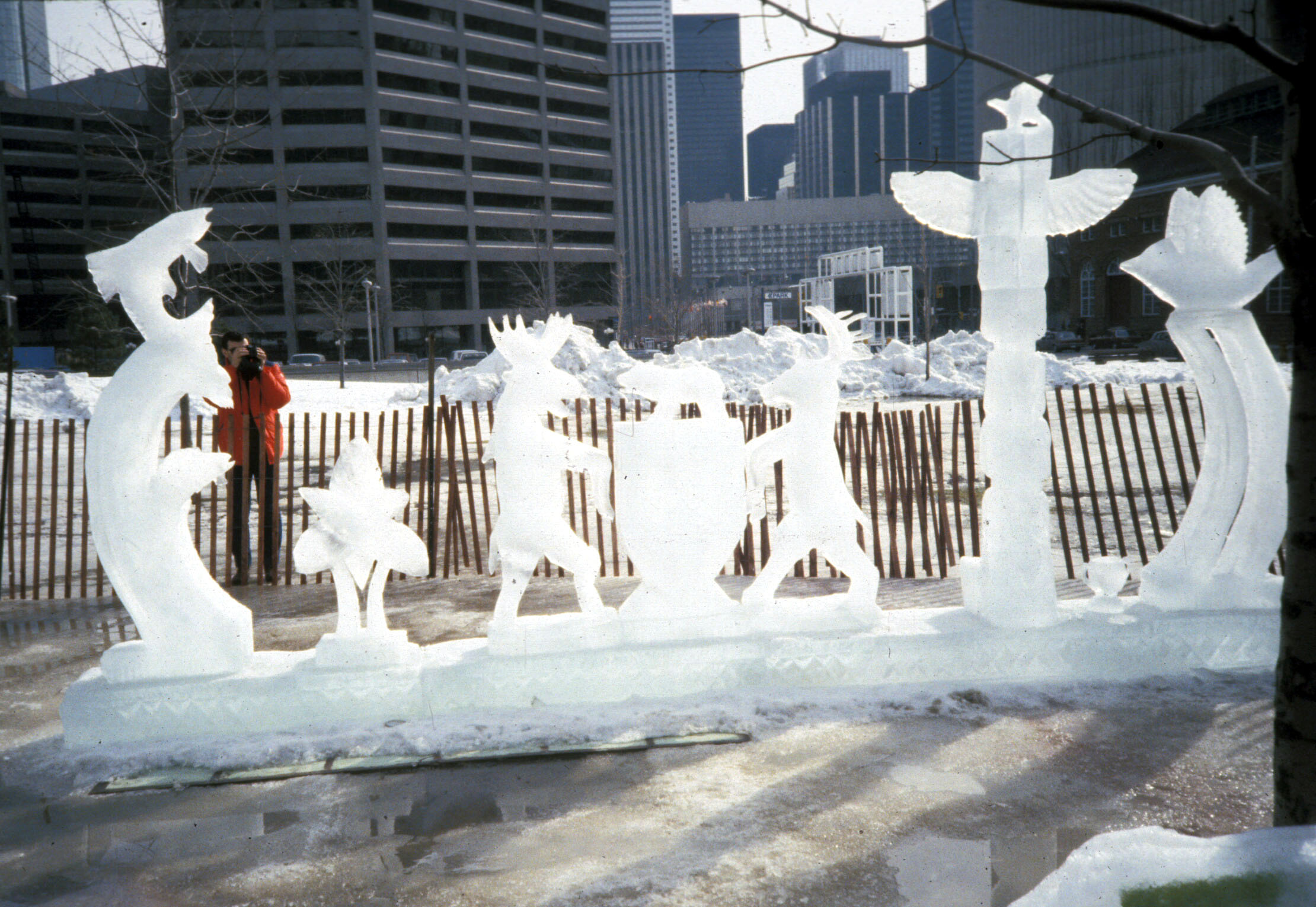
In a Wall Street Journal article entitled "Expiration Dates for Art," Geoffrey Fowler points out that the passage of time can have an impact on how the public views the same piece of public art and events, such as September 11th and the fall of Communism, can render some artworks contextually obsolete or somber reminders of disaster. The reaction of the public to public artworks today (Richard Serra's "Tilted Arc" still being a notable example) is behind the growing challenge to art world's contention that "public sculpture can, and should, stick around forever."
UrbanArts, a private public art group in Memphis, TN, kicked off its fledgling public art program with a series of temporary art projects, including adding public art to an annual waterfront arts festival; starting an ironworking mentoring program whereby local iron workers train high school students to create decorative fencing and gateway medallions for each of the city's neighborhoods; and a series of auditory artworks that recreate and recapture the city's vanished history through storytelling, music, and aural history broadcasts delivered over loudspeakers in locations throughout the downtown.
Examples of other successful temporary art projects around the world:
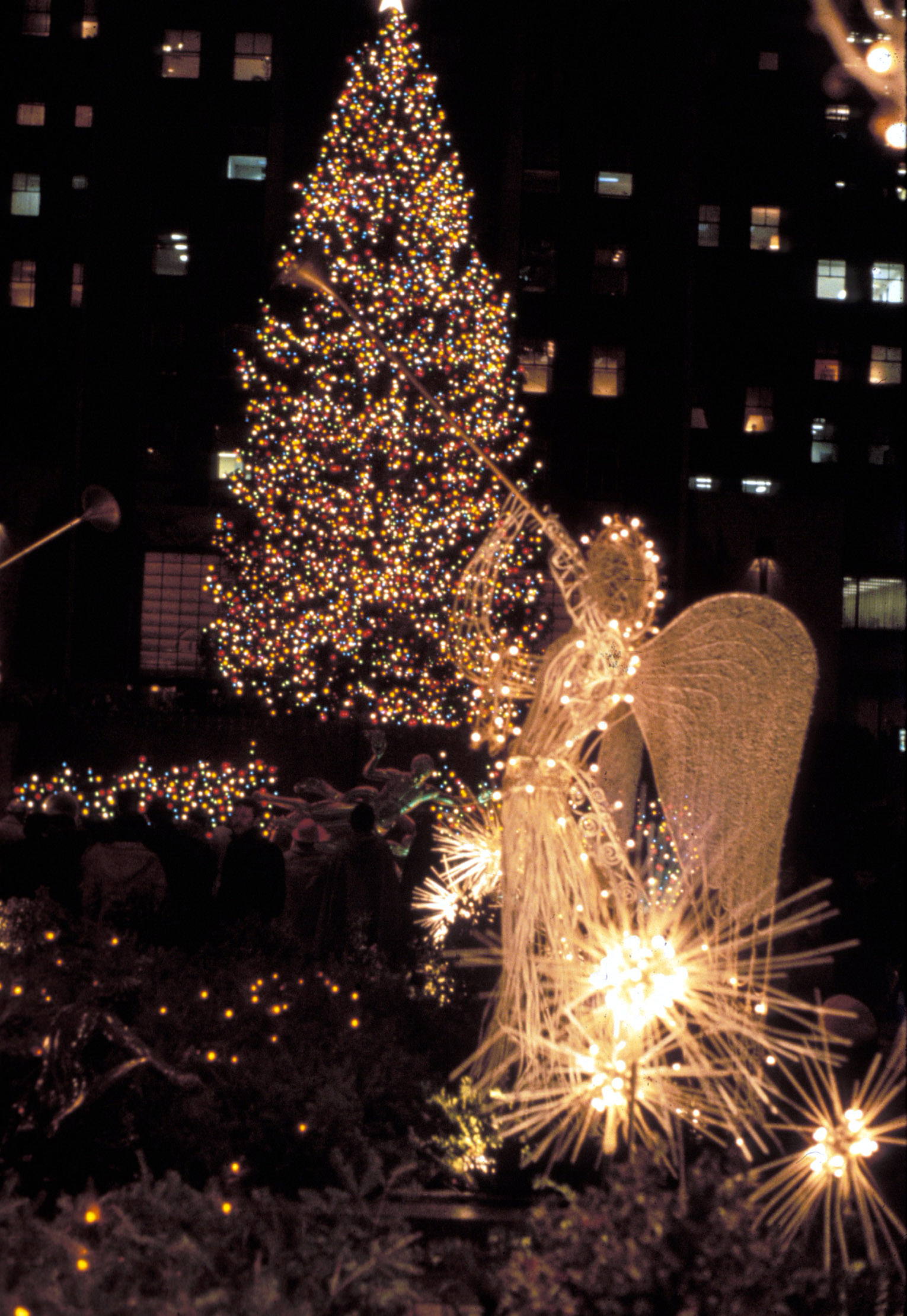
(Images, starting from the top of the page: a public bench in Zurich, Switzerland; a resting traveler on Commonwealth Avenue, Boston; a mural in Oakland, CA; interactive sculpture in Jardin des Tuileries, Paris; and fanciful pieces of ice in Toronto)
The rich text element allows you to create and format headings, paragraphs, blockquotes, images, and video all in one place instead of having to add and format them individually. Just double-click and easily create content.
The rich text element allows you to create and format headings, paragraphs, blockquotes, images, and video all in one place instead of having to add and format them individually. Just double-click and easily create content.
Body Text Body Link
The rich text element allows you to create and format headings, paragraphs, blockquotes, images, and video all in one place instead of having to add and format them individually. Just double-click and easily create content.
Here is some highlighted text from the article.




Headings, paragraphs, blockquotes, figures, images, and figure captions can all be styled after a class is added to the rich text element using the "When inside of" nested selector system.
Headings, paragraphs, blockquotes, figures, images, and figure captions can all be styled after a class is added to the rich text element using the "When inside of" nested selector system.
Headings, paragraphs, blockquotes, figures, images, and figure captions can all be styled after a class is added to the rich text element using the "When inside of" nested selector system.